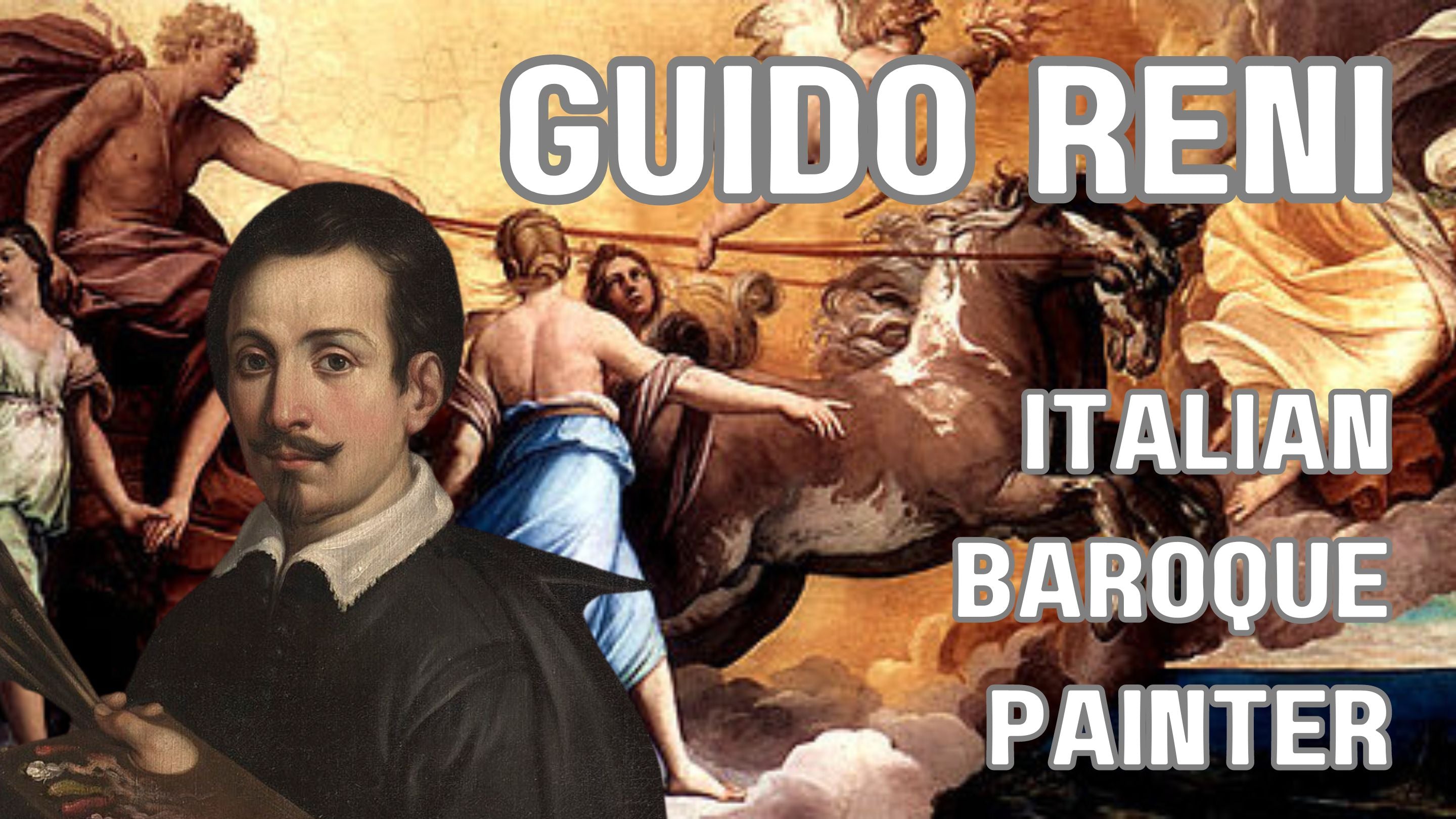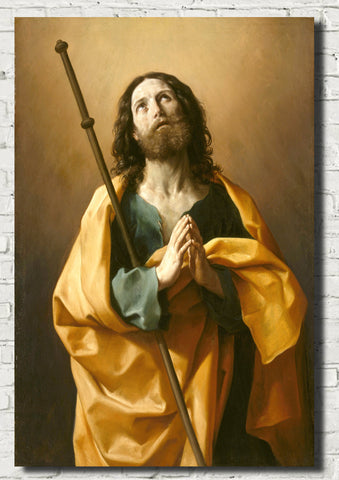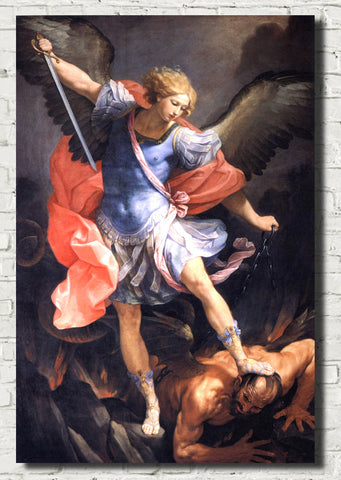Table of Contents:[hide]
Guido Reni, an Italian Baroque painter of the 17th century, remains a beacon of artistic brilliance whose work has transcended time. Reni's contributions to the Baroque movement, characterized by dramatic compositions and emotional intensity, have left an indelible mark on the world of art. In this article, we will delve into the life, career, and artistic legacy of Guido Reni, exploring the significance of his masterpieces and the lasting impact he has had on art history.
1. Early Life and Education:
Guido Reni was born on November 4, 1575, in Bologna, Italy. His artistic talent manifested at an early age, and he became a pupil of the prominent Flemish painter Denis Calvaert. Reni's apprenticeship laid the foundation for his future success, exposing him to diverse artistic influences and techniques.
2. Baroque Art Movement:
2.1 Emergence of Baroque Art
The Baroque era, spanning the 17th century, witnessed a shift from the restrained and balanced compositions of the Renaissance to a more dynamic and theatrical style. Baroque art aimed to evoke intense emotions and engage the viewer in a sensory experience. Guido Reni embraced these ideals, becoming a key figure in the Baroque movement.
2.2 Reni's Contribution to Baroque Art
Reni's art exemplifies the Baroque principles of grandeur, drama, and emotional expression. His works often feature strong contrasts between light and shadow, dynamic poses, and rich, vibrant colors. Reni's ability to capture the essence of human emotion through his paintings set him apart as a master of the Baroque style.
3. Notable Works:
3.1 "Aurora"
One of Guido Reni's most celebrated works is "Aurora," a fresco located in the Casino Rospigliosi in Rome. This masterpiece depicts the Roman goddess of dawn, surrounded by celestial figures. The ethereal beauty of "Aurora" showcases Reni's mastery in portraying divine and mythological subjects with grace and elegance.
3.2 "Saint Michael the Archangel"
Another iconic work by Reni is "Saint Michael the Archangel," portraying the archangel in a triumphant stance as he defeats Satan. This painting, housed in the Capuchin church of Santa Maria della Concezione in Rome, exemplifies Reni's ability to convey powerful narratives through compelling imagery.
3.3 "Crucifixion of Saint Peter"
Reni's "Crucifixion of Saint Peter" is a poignant depiction of the apostle's martyrdom. The painting, located in the Cerasi Chapel of Santa Maria del Popolo in Rome, captures the emotional intensity of the moment, with vivid details and a composition that draws the viewer into the scene.
4. Guido Reni's Legacy:
Guido Reni's impact on the world of art extends beyond his lifetime, influencing subsequent generations of artists. His commitment to emotional expression, technical finesse, and mastery of the Baroque style set a standard for artistic excellence. Reni's legacy lives on in the appreciation of his works and the ongoing study of his contributions to art history.
5. Techniques and Style:
5.1 Chiaroscuro
Reni's use of chiaroscuro, the interplay of light and shadow, is a defining feature of his art. This technique adds depth and dimension to his paintings, enhancing the emotional impact of each scene.
5.2 Dynamic Composition
The dynamic compositions in Reni's works contribute to the sense of movement and drama. Figures are often positioned in diagonal or swirling arrangements, creating a visual energy that captivates the viewer.
5.3 Idealized Beauty
Reni was known for portraying idealized beauty in his depictions of both divine and human subjects. His figures possess a timeless grace and elegance that transcend the specificities of the era.
FAQs about Guido Reni:
Q1: What is Guido Reni best known for?
A1: Guido Reni is best known for his contributions to the Baroque art movement, characterized by dramatic compositions, emotional intensity, and a focus on chiaroscuro. His masterpieces, such as "Aurora" and "Saint Michael the Archangel," showcase his ability to capture the sublime and convey powerful narratives through art.
Q2: Where can I see Guido Reni's most famous works?
A2: Reni's works are showcased in various museums and churches around the world. Some notable locations include the Casino Rospigliosi in Rome, where "Aurora" is housed, and the Capuchin church of Santa Maria della Concezione, home to "Saint Michael the Archangel."
Q3: How did Guido Reni contribute to the evolution of Baroque art?
A3: Guido Reni played a crucial role in shaping the Baroque movement through his use of chiaroscuro, dynamic compositions, and idealized beauty. His ability to convey deep emotions and tell compelling stories through his art set a standard for Baroque artists that followed.
Q4: What was Reni's impact on the artistic legacy of Bologna, his hometown?
A4: Reni's legacy in Bologna is profound, as he influenced the local artistic scene and left a lasting impact on subsequent generations of artists. The city continues to celebrate Reni's contributions through exhibitions and the preservation of his works.
Q5: How did Guido Reni's upbringing influence his artistic style?
A5: Reni's early education under the Flemish painter Denis Calvaert exposed him to diverse artistic influences. This eclectic training laid the foundation for Reni's unique style, blending elements of the Italian and Flemish traditions into a distinctive approach that defined the Baroque era.
Conclusion:
Guido Reni's artistic brilliance continues to captivate audiences centuries after his time. His legacy as a master of Baroque art is immortalized in the timeless elegance of his paintings. Reni's ability to convey profound emotions, coupled with his technical mastery, places him among the giants of art history. As we marvel at the beauty of "Aurora" and the intensity of "Saint Michael the Archangel," we honor the enduring legacy of Guido Reni, a true luminary of the Baroque era.




